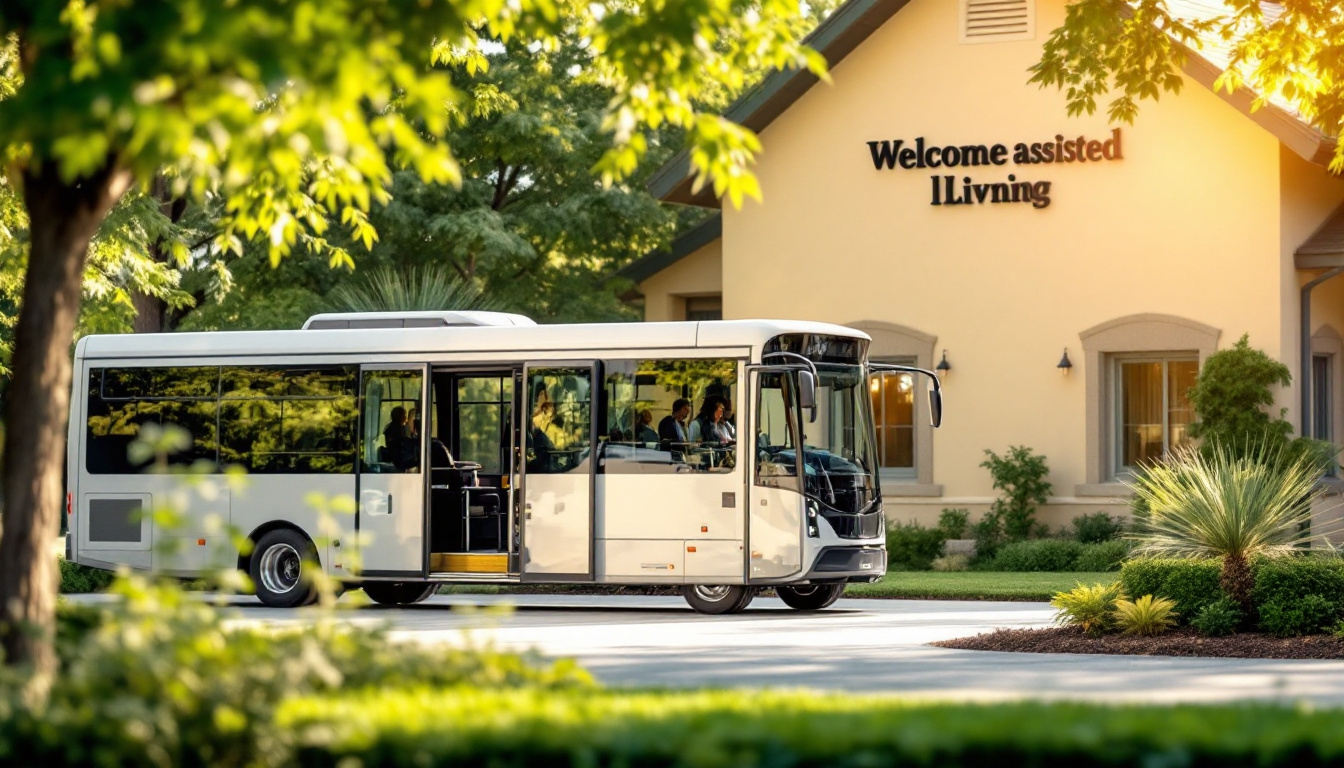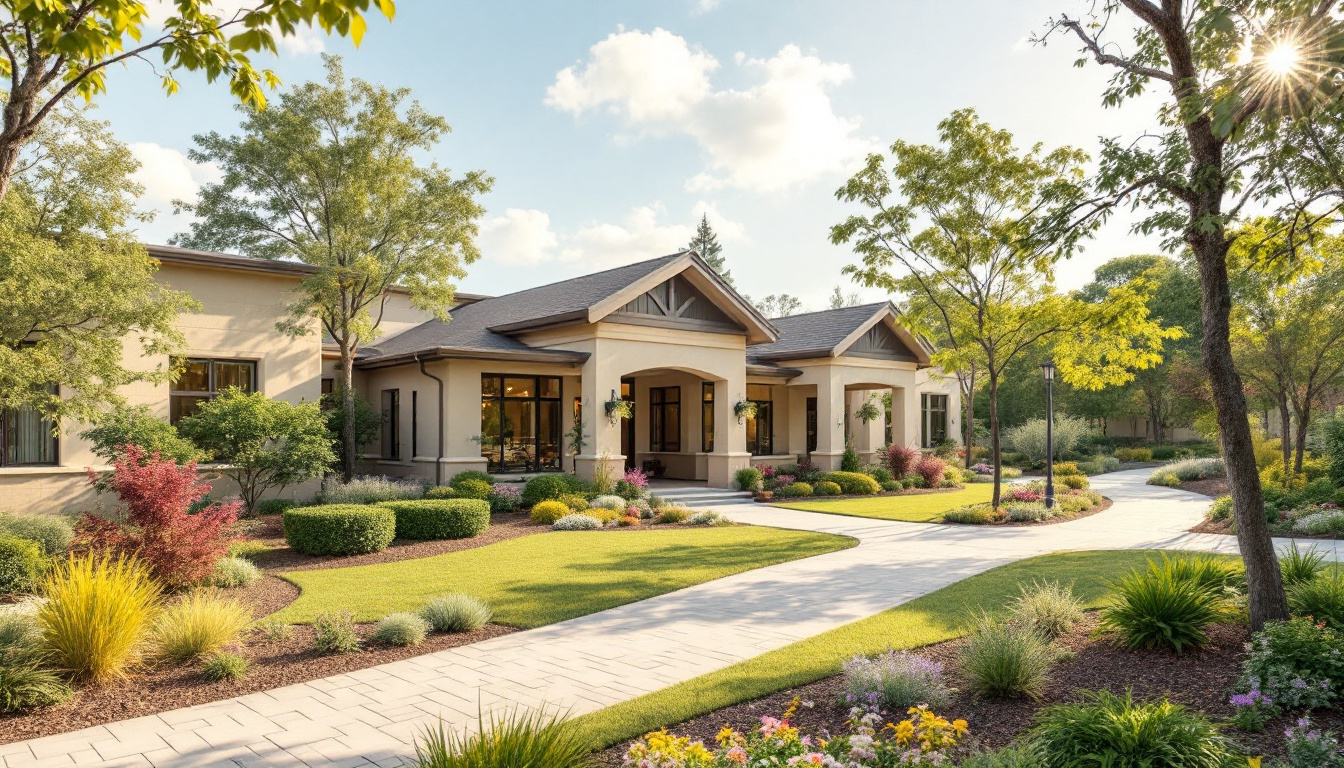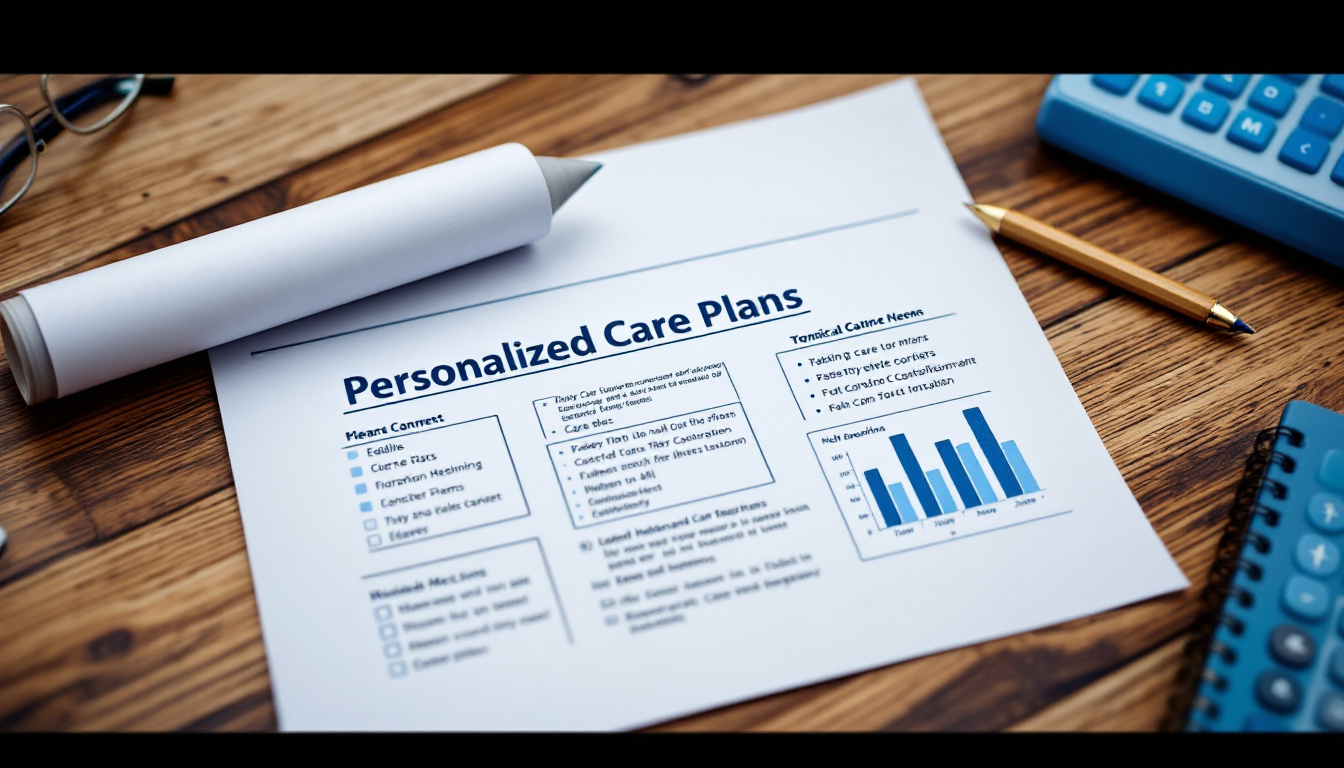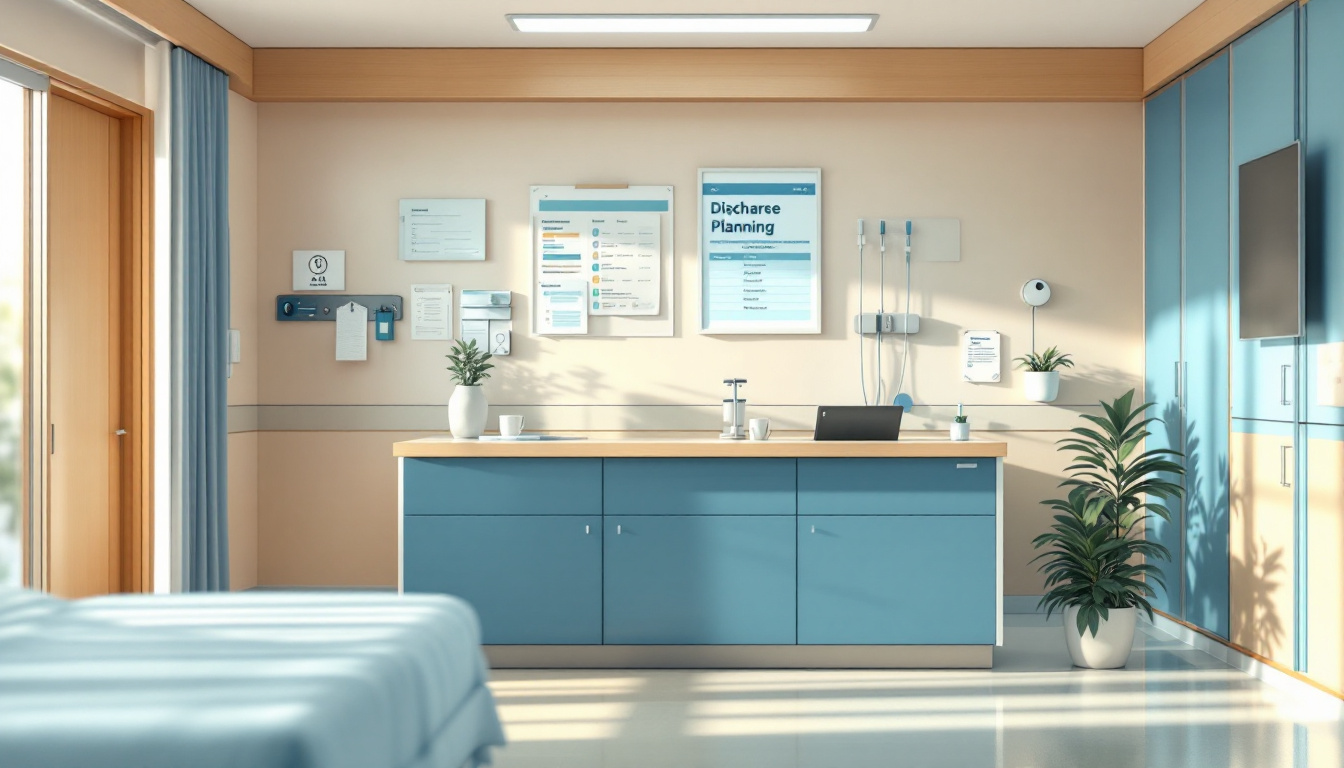How to Arrange Home Care Services After a Senior’s Hospital Discharge
Ensuring Seamless Transition to Home Care for Seniors Post-Hospitalization

Understanding Post-Hospital Transition Needs
When seniors are discharged from the hospital, arranging for proper home care services is essential to ensure a smooth transition and to continue the recovery process safely at home. This involves not only managing health needs but also preparing a supportive environment that fosters well-being and reduces the risk of rehospitalization. In this guide, we outline comprehensive steps to help families and caregivers navigate this crucial period, providing insights into home care options, caregiver roles, and effective discharge planning.
Creating an Effective Post-Discharge Care Plan

What is a post-discharge care plan?
A post-discharge care plan is a comprehensive strategy developed by caregivers in collaboration with hospital staff to ensure a smooth transition from hospital to home or a care facility. This plan is crucial for seniors who often face heightened risks during recovery.
Essential components of the care plan include:
- Medication management: Caregivers should create a detailed schedule for new and existing medications, ensuring no interactions occur. Utilizing pill organizers can help prevent missed doses.
- Dietary considerations: The plan must clearly outline any new dietary restrictions and nutritional needs to support recovery.
- Scheduling follow-up visits: Setting these appointments allows for ongoing evaluation, ensuring timely intervention for any complications that may arise.
Effective communication between caregivers and healthcare providers is essential. This ensures all parties are informed and prepared for care that lies ahead.
Medication management
Proper medication management plays a critical role in post-discharge care. It is vital for caregivers to have clarity on:
- Dosages and timings of medications prescribed.
- Potential side effects and interactions with current medications.
- Using tools like medication charts to track daily doses.
By establishing a clear medication regime, families can avoid common post-discharge issues that lead to readmission.
Scheduling follow-up visits
Scheduling follow-up appointments is a fundamental part of the discharge plan. These visits help in assessing recovery and allow healthcare providers to:
- Monitor the patient’s progress and adjust treatments as needed.
- Identify any potential health issues before they necessitate more extensive medical intervention.
- Provide necessary referrals to specialists, if required.
Ultimately, an effective post-discharge care plan streamlines recovery and helps maintain seniors’ health, independence, and peace of mind.
Understanding the Hospital Discharge Process for Seniors
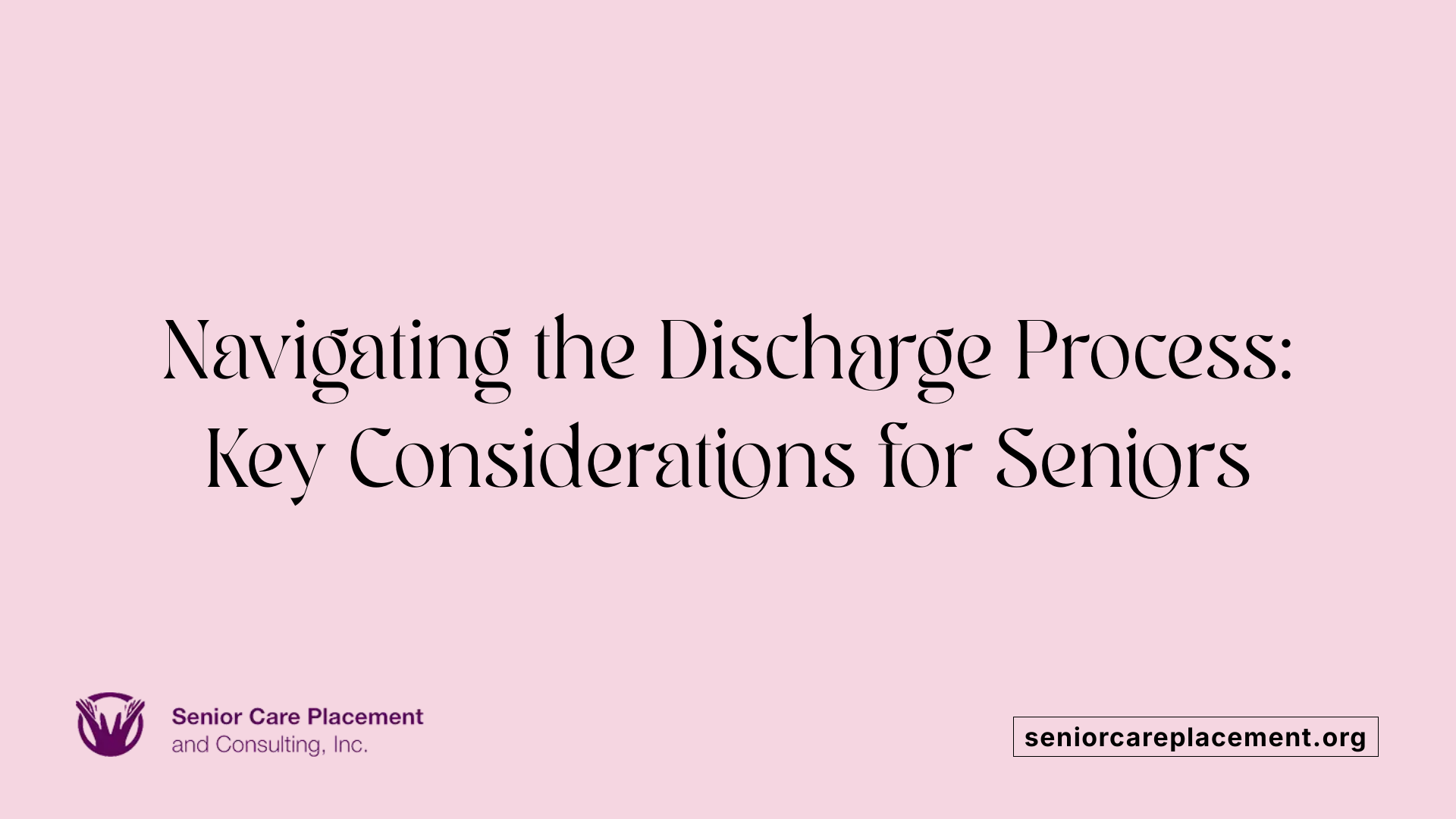
What happens when elderly individuals are discharged from the hospital?
When elderly individuals are discharged from the hospital, the process is thorough. Staff evaluate the patient’s health and coordinate any necessary follow-up care. This often includes the arrangement of reablement or short-term care to assist with daily activities like cooking and cleaning, typically lasting from 1 to 6 weeks.
Patients are encouraged to have discussions with their healthcare providers about their care needs before being discharged. If specific arrangements for care are not made prior to discharge, they can reach out to social services for support.
Additionally, aftercare discussions involve reviews with both the patient and their families, focusing on further needs and available resources.
Coordinating follow-up care
Coordinating follow-up care is vital for ensuring a smooth recovery. Discharge planners may set appointments for follow-up visits with healthcare providers, medication management, and therapies required for recovery.
Involving social care services
Involving social care services is an essential part of the discharge process. These services can provide additional support and resources tailored to the needs of the elderly, ensuring a safe transition from the hospital back into their homes.
Roles and Responsibilities of Home Caregivers

What roles and responsibilities do home caregivers have?
Home caregivers play a vital role in helping seniors transition from hospital to home. Their primary responsibility encompasses various aspects of care that enhance the well-being and comfort of their clients.
Daily Living Assistance
Caregivers provide essential support with daily activities, such as:- Personal Care: Help with bathing, dressing, grooming, and toileting.
- Meal Preparation: Ensure clients have nutritious meals tailored to any dietary restrictions.
- Household Tasks: Light housekeeping, laundry, and organization of personal belongings to maintain a safe environment.
Medical Task Support
Caregivers assist with critical medical needs, including:- Medication Management: Administering prescribed medications and monitoring adherence to schedules.
- Vital Signs Monitoring: Keeping track of health indicators like blood pressure or blood sugar levels.
- Coordination with Healthcare Providers: Communicating changes in health conditions or medication effects to families and doctors as necessary.
Emotional and Social Care
Caregivers also focus on the emotional well-being of their clients through:- Companionship: Providing social interaction and preventing feelings of isolation.
- Encouragement and Motivation: Promoting physical activity and assisting with light exercises to help regain strength.
- Support Network Development: Encouraging participation in community activities or family gatherings to boost mental health.
Effective caregivers prioritize clear communication with both healthcare professionals and family members, ensuring that all aspects of care align with the senior's needs and preferences.
Preparing the Home for a Safe Return
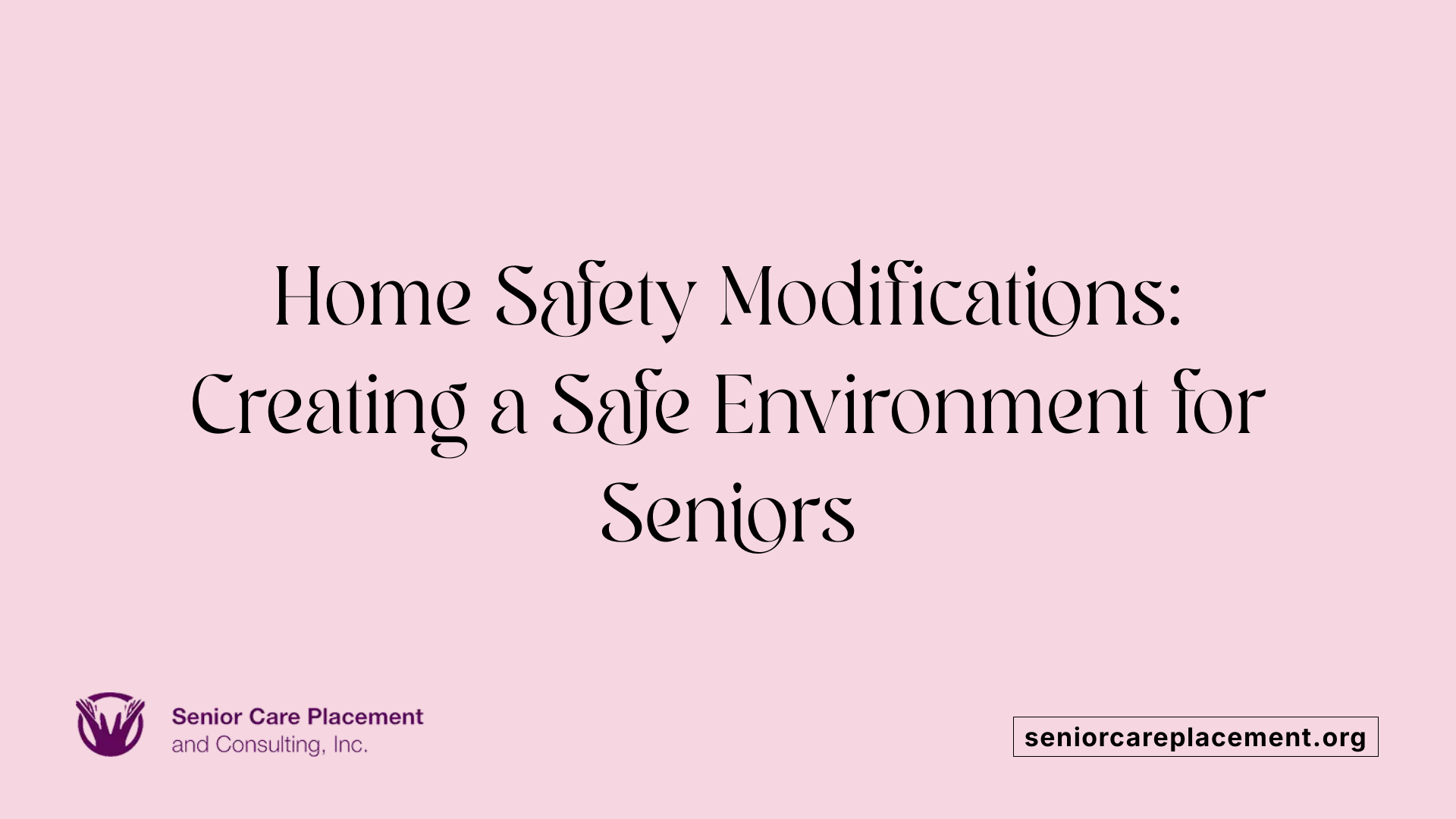
How can you modify the home for a safer environment?
To ensure a safe and comfortable return for seniors from the hospital, home safety modifications are essential. Removing tripping hazards such as loose rugs and securing electrical cords can significantly reduce the risk of falls. Additionally, installing grab bars in the bathroom and near steps provides support when navigating these areas.
What assistive devices should be considered?
Using mobility aids like canes, walkers, or wheelchairs can help seniors move around safely. Daily living aids, such as reacher grabbers and elevated toilet seats, can simplify tasks, making everyday activities easier and less physically demanding.
How can the home environment be adapted?
Ensuring good lighting throughout the home is crucial, as ample light can prevent accidents and help seniors feel more secure. Additionally, creating clear pathways for movement and considering the layout of furniture can enhance mobility and comfort during recovery.
These adaptations create a supportive atmosphere, assisting seniors in regaining independence while reducing risks.
Coordinating Care Among Family and Professionals
Family Meetings and Planning
Effective care for seniors post-discharge often hinges on robust family coordination. Regular family meetings can help clarify caregiving responsibilities, schedule visits, and even ensure all family members are informed about care requirements. Utilizing collaborative tools such as shared calendars can also help manage this process smoothly.
Professional Caregivers
Sometimes, the demands of caregiving can exceed what family members can provide. In these cases, hiring professional caregivers can significantly lighten the load. These caregivers are trained to assist with personal care, medication management, and therapy, offering peace of mind for families and ensuring that seniors receive appropriate support.
Utilizing Community Resources
Community resources provide essential assistance that can enhance care at home. Services such as meal delivery, transportation, and counseling can support seniors and their families during the recovery period. Leveraging local organizations can help prevent caregiver burnout and ensure all needs are met effectively.
Navigating Caregiver Support and Resources
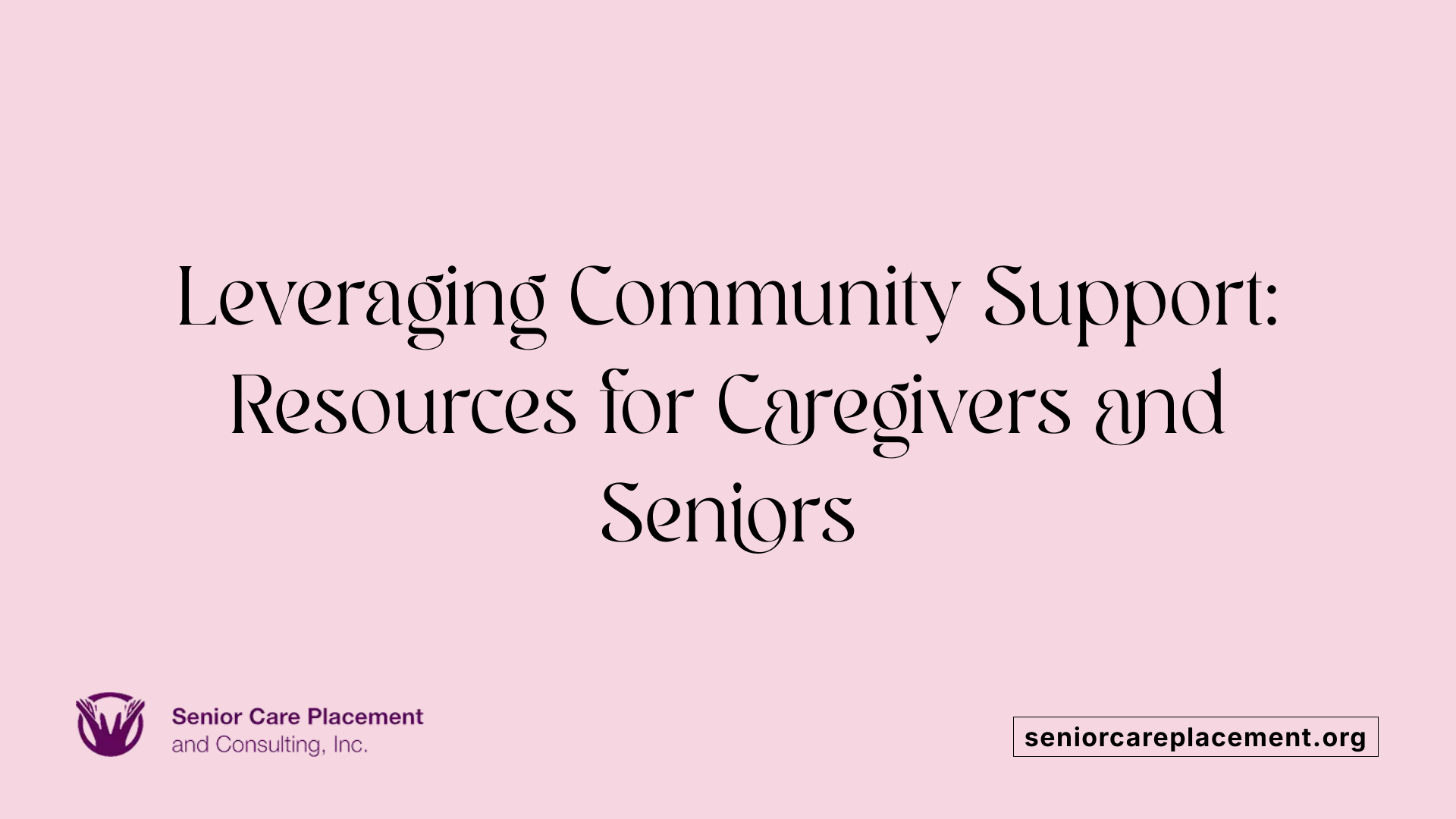
Community organizations
Community organizations play an essential role in supporting caregivers and seniors during the recovery process. They offer a variety of services including transportation, meal delivery, and counseling. These resources are invaluable in easing the transition from hospital to home, providing much-needed assistance to both seniors and their caregivers.
Financial considerations
Understanding the financial aspects of caregiving is critical. Families need to be aware of potential costs associated with home health care, rehabilitation facilities, and the limitations of insurance coverage. Knowing these details will help families manage expenses effectively, ensuring they have the necessary support without financial strain.
Support networks for caregivers
Building a robust support network for caregivers can significantly reduce stress. This includes family, friends, and community resources. Regular family meetings can help coordinate care tasks and share responsibilities, while utilizing technologies like shared calendars can enhance communication. Creating this network not only aids in managing caregiving duties but also fosters emotional support, which is crucial for both caregivers and seniors.
Monitoring and Supporting Senior Recovery
Follow-Up Appointments
After discharge, timely follow-up appointments are essential to monitor the senior's recovery. These appointments allow healthcare providers to assess healing progress, adjust medications, and address any concerns that may arise. Families should schedule these visits as soon as possible and keep a list of previous medical information for reference.
Physical Activity and Therapy
Encouraging participation in physical activities is critical for regaining strength post-discharge. Light exercises or physical therapy sessions can help ease seniors back into their routines. A tailored exercise plan should be discussed with the healthcare provider to ensure safety and effectiveness.
Emotional Well-Being Support
Mental and emotional health is crucial during recovery. Seniors may face feelings of isolation or anxiety after hospitalization. Regular social visits, family engagement, and participating in local activities can significantly enhance emotional well-being. Utilizing community resources for support may also provide beneficial companionship and assistance during this transition.
Ensuring a Comprehensive Care Transition
Arranging for home care services after a senior's hospital discharge can be a rewarding yet challenging process. By understanding the key components of effective discharge planning, prepping a safe home environment, and ensuring robust support systems are in place, families can significantly enhance the recovery experience for their loved ones. Through collaborative efforts among family caregivers, healthcare professionals, and community resources, seniors can look forward to a continued path to recovery, maintaining their independence and improving their quality of life at home.
References
- How to Help Seniors Transition Back Home After Hospitalization
- Hospital Discharge Planning: A Guide for Families and Caregivers
- Planning for Senior Care After A Hospital Discharge | NHC
- Managing the Transition From Hospital to Rehab to Home - AARP
- Expert Tips for Home Care After Hospital Discharge
- Caring for Seniors After Hospital Discharge | DispatchHealth
- Home Care Options After A Hospital Stay - HomeCentris Healthcare
- Post-Discharge Planning for Seniors - REFER.HEALTH
- 6-Step Guide: Caregiving After a Hospital Discharge
- Smooth Hospital Discharge: Elderly Patient Services

























